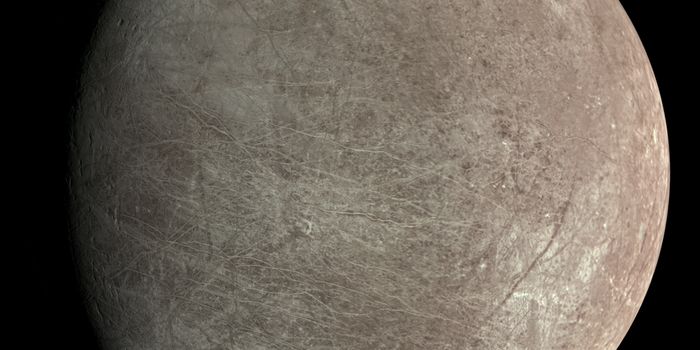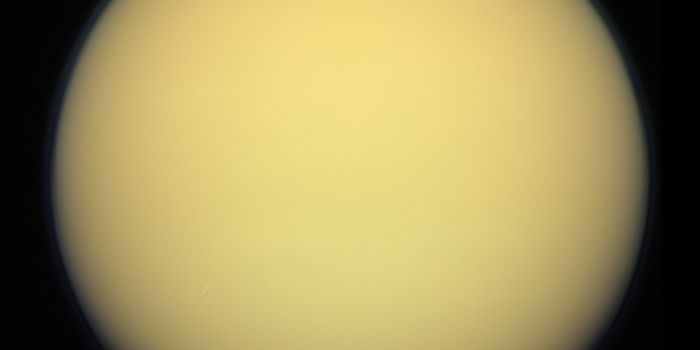Learn How NASA Suppresses the Loud Sounds of a Rocket Launch
When a large chemical rocket’s engines ignite, they produce thousands, if not millions, of pounds of thrust. This much power is necessary to loft the plethora of cargo into outer space, be it astronauts or food, water, and supplies for those already in space. And anyone who has witnessed a rocket launch in person before will tell you one thing right off the bat: they’re loud; very loud.
A rocket gets its energy from a chemical burn, which is effectively a contained explosion that will be directed opposite of the direction that the rocket intends to move. While generating such high amounts of thrust, that chemical burn also produces a lot of noise, and depending on the rocket, that noise can reach up to 220 decibels as NASA’s Saturn V rocket did. Comparatively, a typical fighter jet reaches around 140 decibels.
If you were anywhere near such a loud and obnoxious sound, it wouldn’t just rupture your eardrums… the sound energy could also potentially kill you. For this reason, NASA utilizes sound-dampening techniques to mitigate the sound energy during a rocket liftoff, and this is particularly important given how modern space missions necessitate such large rockets.
NASA’s primary technique for dampening a rocket’s liftoff noise is to spray large amounts of water on the launchpad during the launch. The airborne water molecules then absorb the sound energy, creating heat energy instead. While the rocket is still loud even with the water spray, the sound energy is greatly reduced. The Space Shuttle’s 195-decibel sound footprint, for example, was reduced to a more respectable 142 decibels with the water treatment.
NASA still uses these techniques today, along with water bags that absorb sound energy during the initial blast. Like NASA, Russia’s space agency also dampens rocket noise, but with a different tactic. Given how Russia’s rocket launches tend to occur in a cold climate, water would freeze, so Russia’s space agency uses a massive tunnel to safely divert that sound away from nearby buildings and structures.
Related: The core stage of NASA's massive SLS rocket is on the move








